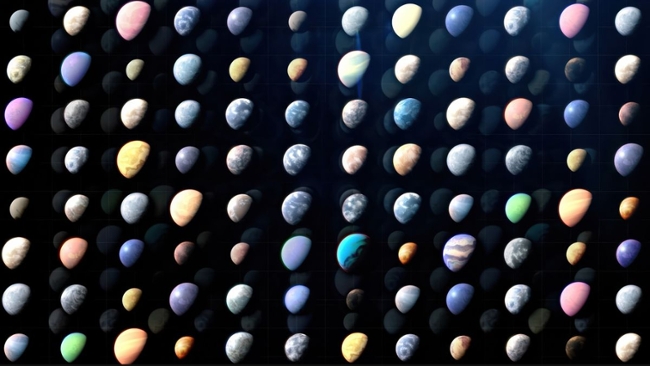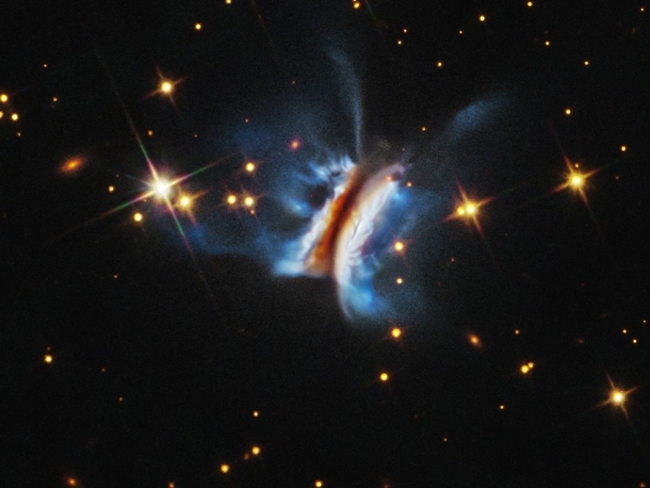 | | Created for ceo.studentlike.spuniv@blogger.com | Web Version | | | |   | We found some strange new worlds in 2025! | | |  | | NASA's Goddard Space Flight Center (NASA's Goddard Space Flight Center) | The tally of confirmed alien planets soared over 6,000 this year, but the planets we found in 2025 were truly strange. My favorite are the "Tatooine worlds," but let us know yours! | |  | | (VCG /Getty Images) | 2025 was an eventuful year for China in space, including amazing reusable rocket tests (and failures), a deep space mission and the country's first in-space emergency for astronauts. See what China did in our full story. | | |    | | (Starry Night) | Saturn is shining bright near the moon in the southern sky this weekend, and tonight you'll be able to see it in the constellation Pisces. Here's where to look. | | |  | | (United Launch Alliance) | In a surprise shakeup, Tory Bruno, who has led the United Launch Alliance since 2014, announced he's stepping down just before Christmas. See what's next for the U.S. rocket launch provider and for Bruno. | |  | | (NASA TV) | "It's so special for us to share the holidays with each other here in orbit, and with all of the teams taking care of us on the ground ... I think we may be orbiting a little higher than Santa is flying, though," one astronaut said. | | |  | | (NASA, ESA, STScI, Kristina Monsch (CfA); Image Processing: Joseph DePasquale (STScI)) | This protoplanetary disk with an infant star at its heart has the official designation IRAS 23077+6707, but also has the incredible nickname "Dracula's Chivito." But it isn't just its staggering size and unique nickname that make IRAS 23077+6707 so remarkable. Find out what it is here. | | |  | | (Future/Canva) | So you want a GIANT Star Wars Lego set? Here's how to choose between the enormous UCS Millennium Falcon and the brand-new UCS Death Star. | | |  | | (US Space Force) | This month, proud U.S. Space Force officer trainees donned their new service dress uniforms for a class photo ahead of their Officer Training School graduation. It was a first for the Space Force. See how. | |  | | (NASA) | On Dec. 26, 1974, Salyut 4, a Soviet space station, launched into orbit around Earth. Salyut 4 was a small space station about the size of a school bus. It was almost identical to its sibling space station DOS 3, which failed to make it to orbit. | | | | Stay up-to-date on all things space science, news, and entertainment by subscribing to our newsletters. | |   | | | | | | | Future US LLC © | | Full 7th Floor, 130 West 42nd Street, New York, NY, 10036 | | | | |


